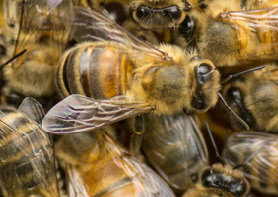
in Willersey
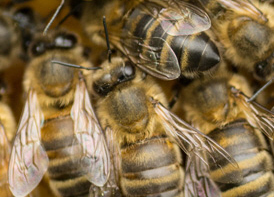
 |
Bees in Willersey |
 |
| Willersey has a facebook page. Home Page | Menu & Search Page Email us here:- | |||||||||||||||||||||||||||||||||||||||||||||||||||||||||||||||||||||||||||||||||||||||||||||||||||
Help Willersey become Bee friendly (Bee'n'Bee for Bees!) 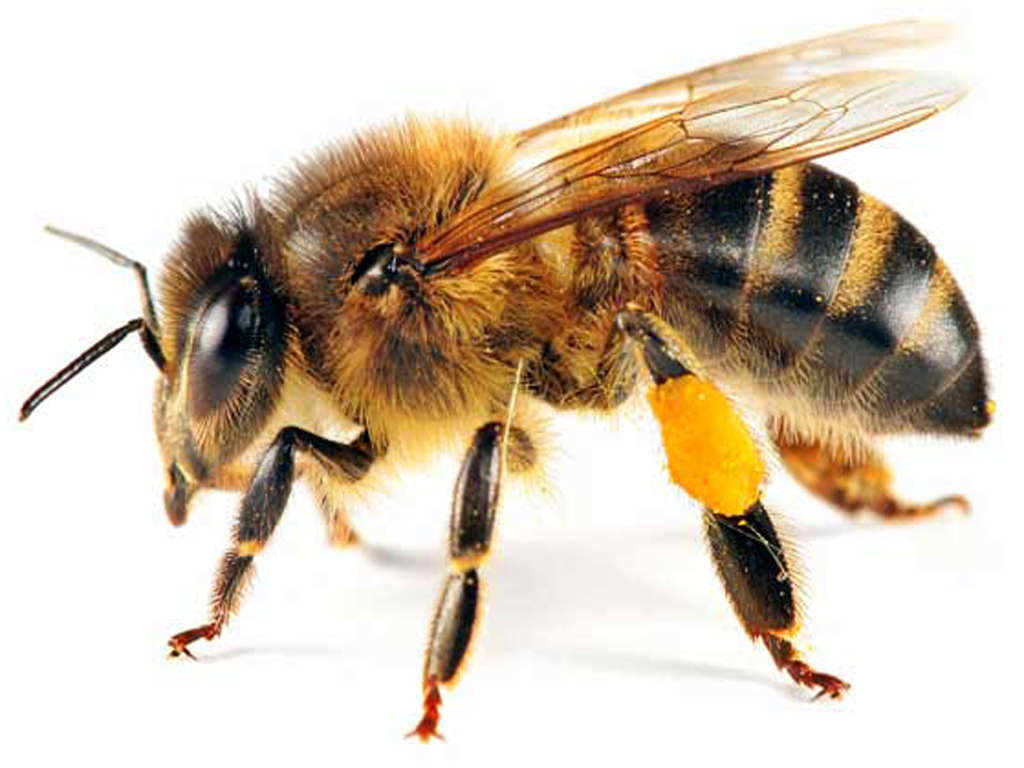 Our bees are essential to pollinating our major food crops and contribute an estimated £510 million to the UK economy and over 14 billion Euros to the EU economy.
Bees pollinate 75% of our food.
It would cost the UK £1.8 billion annually to pollinate crops without them as currently happens in parts of China. They support our wild flowers and wild places.
They are too important to lose.
Our bees are essential to pollinating our major food crops and contribute an estimated £510 million to the UK economy and over 14 billion Euros to the EU economy.
Bees pollinate 75% of our food.
It would cost the UK £1.8 billion annually to pollinate crops without them as currently happens in parts of China. They support our wild flowers and wild places.
They are too important to lose.With 97% of our wildflower meadows lost since the 1930s, growing use of weedkillers that harm bees and kill the wild plants they depend upon, and agriculture and gardeners using the chemical pesticides that kill them, bees are under attack. There are 267 species of bees in the UK. They include 24 species of bumble bees, around 240 species of solitary bee and just a single managed honeybee species. Bumblebees look quite different from honeybees and solitary bees. Although in the UK there are 24 species of bumblebee, only eight are commonly found in most places. Bumblebees are found in a variety of habitats and most people should be able to attract them to their gardens if they have the right kinds of flowering plants. Honey bees are not nearly as good pollinators as bumble bees or solitary bees. Bumble bees and solitary bees can go out and pollinate in the wet which honey bees cannot do. Only bumble bees can pollinate tomatoes as they buzz pollinate which means that the pollen is only released by the buzzing. Apple trees really need solitary bees such as the red mason bee for good pollination. A 2013 report found that here in the UK, more than half of the bee, butterfly and moth species studied have declined in the past 50 years. In recent decades, UK managed honeybee hive numbers have decreased by 54%, three bumblebee species are thought to have become extinct, 52% of solitary bees have declined. Wild honeybees are thought to be nearly extinct throughout the British Isles. In Willersey, as well as the Solar Farm and other sites, Pool Orchard now has some hives in it provided by a local beekeeper. There are other bee keepers at various locations around Willersey. Pool Orchard also now has some fruit trees planted in it which are good for bees. | |||||||||||||||||||||||||||||||||||||||||||||||||||||||||||||||||||||||||||||||||||||||||||||||||||
Bee Kind | |||||||||||||||||||||||||||||||||||||||||||||||||||||||||||||||||||||||||||||||||||||||||||||||||||
Spring has sprung - and with it comes the return of our beloved bees. Soon, they will be busy hunting out flowers - and they could use our help. Will you give our garden friends a helping hand and plant these bee-friendly flowers? Bees are incredibly important for pollinating our fruit and veg, but wild meadows are in decline and our bees' diets are being affected. Plant many bee-friendly flowers in your garden to provide a bumper harvest for bees all over the country. Since 2013, an EU ban on bee-killing neonicotinoid pesticides has been a valuable lifeline for Britain's bees. 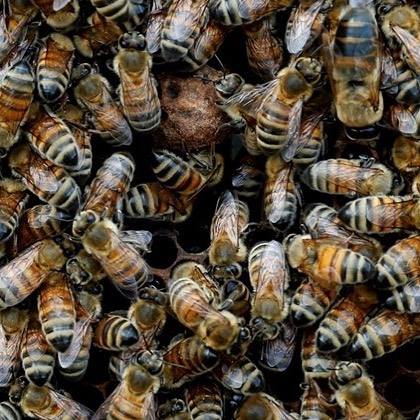 This picture should help you identify different bees in your garde. 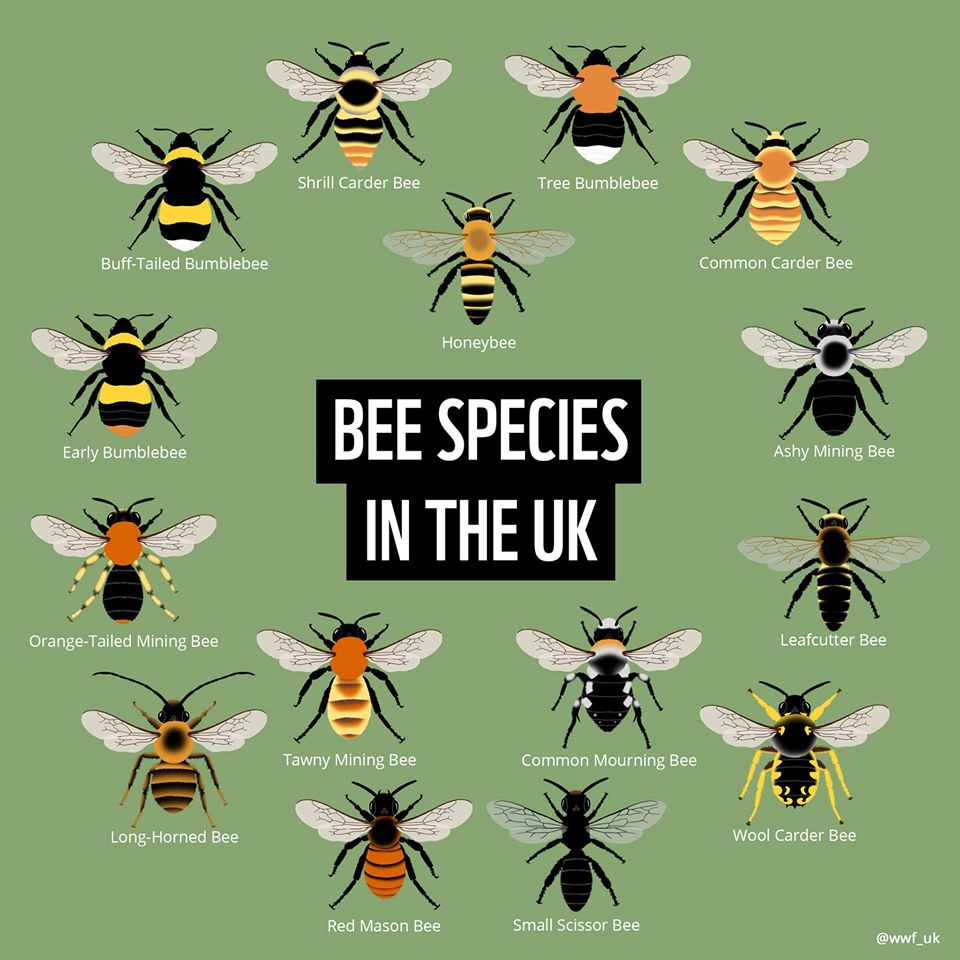 UK Guide to Solitary Bees and Mason Bees. | |||||||||||||||||||||||||||||||||||||||||||||||||||||||||||||||||||||||||||||||||||||||||||||||||||
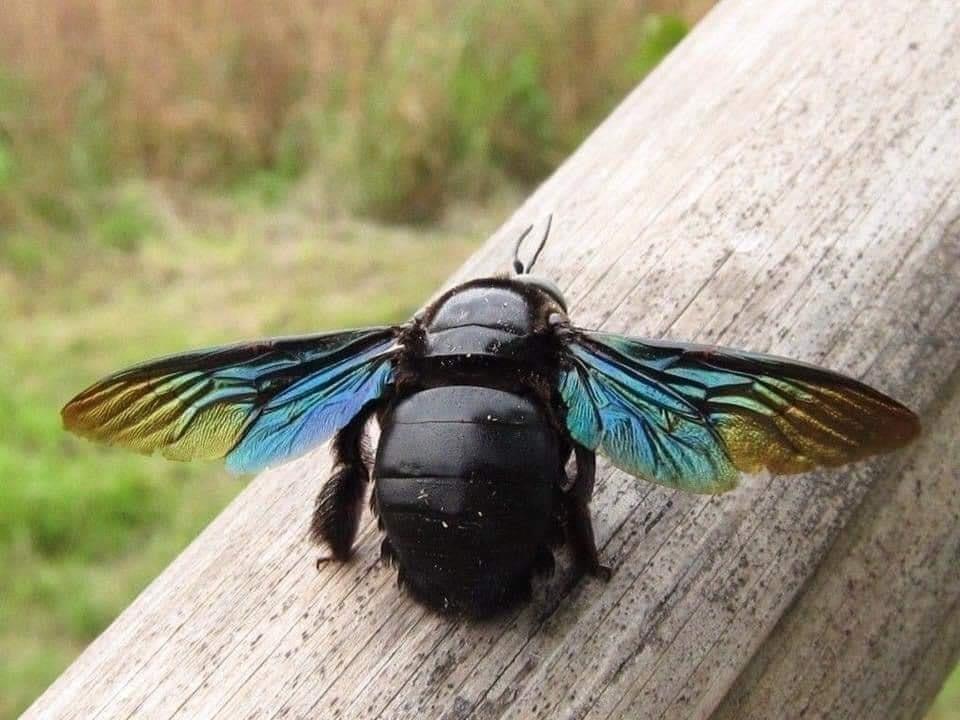 If you see a bee like this one ......DON'T KILL HER! This is a bee that can be currently present in gardens. Her name is the Violet Carpenter (Xylocope) bee. This is the biggest bee in Europe (2.5 to 3 cm). She doesn't sting (if we don't chase her of course). The Xylocope is a so-called solitary bee. But it can live in colonies, that is to say, side by side. It only produces enough honey to feed its young. Black with blue wings... she's very beautiful but can be scary, her flight is fast and very loud, but she's not aggressive and rarely stings. She is to be protected because she is rare and very useful...some people are confusing her with the Asian hornet (see below). 9th November 2017 - The UK will back a total ban on insect-harming pesticides in fields across Europe.
Swarming is the process by which a new honey bee colony is formed when a new queen bee leaves the colony with a large group of worker bees.
With a swarm, about 60% of the worker bees leave the original hive location with the old queen left behind. The swarm can contain thousands to tens of thousands of bees.
It can be quite alarming but bear in mind the prime objective of the bees is to find a new home, not sting you. Even so do be careful.
Carolyn Kramer in Chipping Campden is a local bee keeper who can help with a swarm 07887 803 526 or 01386 840195. There are also several bee keepers who could be contacted in Willersey. A swarm of bees in May is worth a load of hay; A swarm of bees in in June is worth a silver spoon; but a swarm of bees in July is not worth a fly. Mid 17th century bee-keepers' saying, meaning that the later in the year it is, the less time there will be for bees to collect pollen from flowers in blossom. In May 2018 a swarm flew up Main Street, settled on the front of the New Inn for about 10 minutes and then headed up towards the escarpment. | |||||||||||||||||||||||||||||||||||||||||||||||||||||||||||||||||||||||||||||||||||||||||||||||||||
You can help bees survive by:
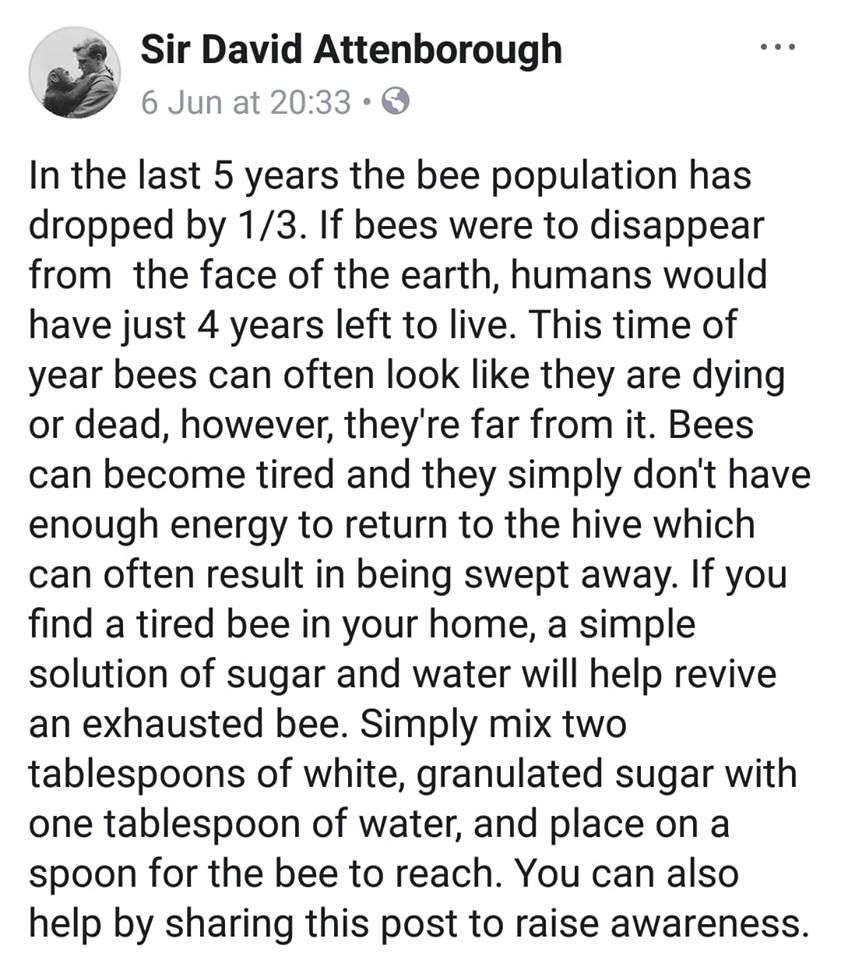
Plant by plant here is a slightly technical list of plants that bees really love. | |||||||||||||||||||||||||||||||||||||||||||||||||||||||||||||||||||||||||||||||||||||||||||||||||||
This shows an example of an insect and bee hotel. This one is quite large about 1.50-1.60m high but they can be any size or shape:- 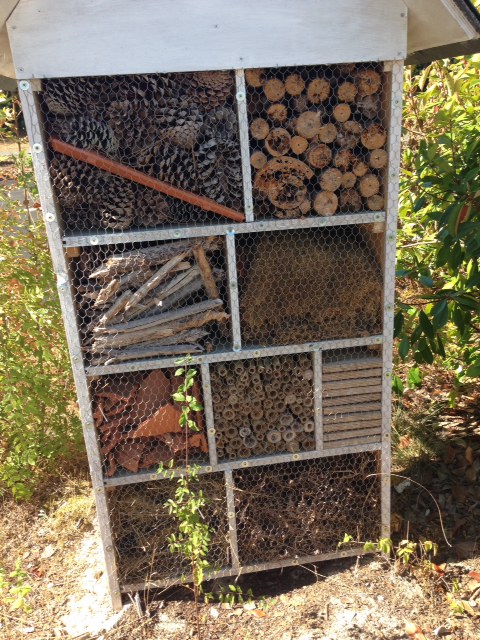 This hotel is at the local National Trust Hidcote Garden. The pallets give you an idea of its size. Note the slight degree of protection from wet weather. 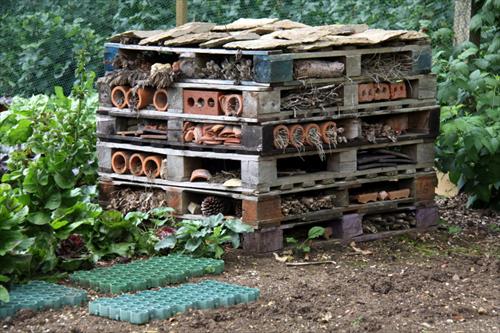 Any pallets you use for making an insect and bee hotel should be heat treated rather than chemically treated. Look for the HT mark. This document on garden bumblebees comes from the Worceshire Wildlife Trust. Solitary bees are amazingly effective pollinators. 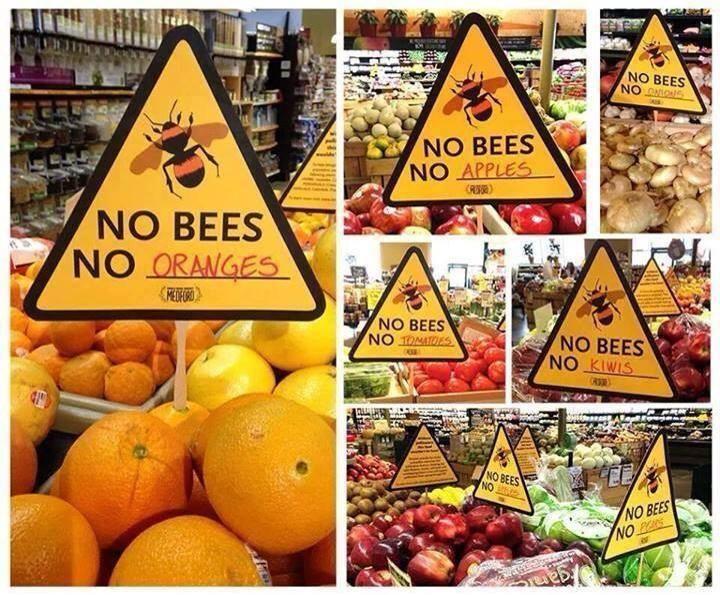 Pictures of Asian hornets which have been seen in the UK. 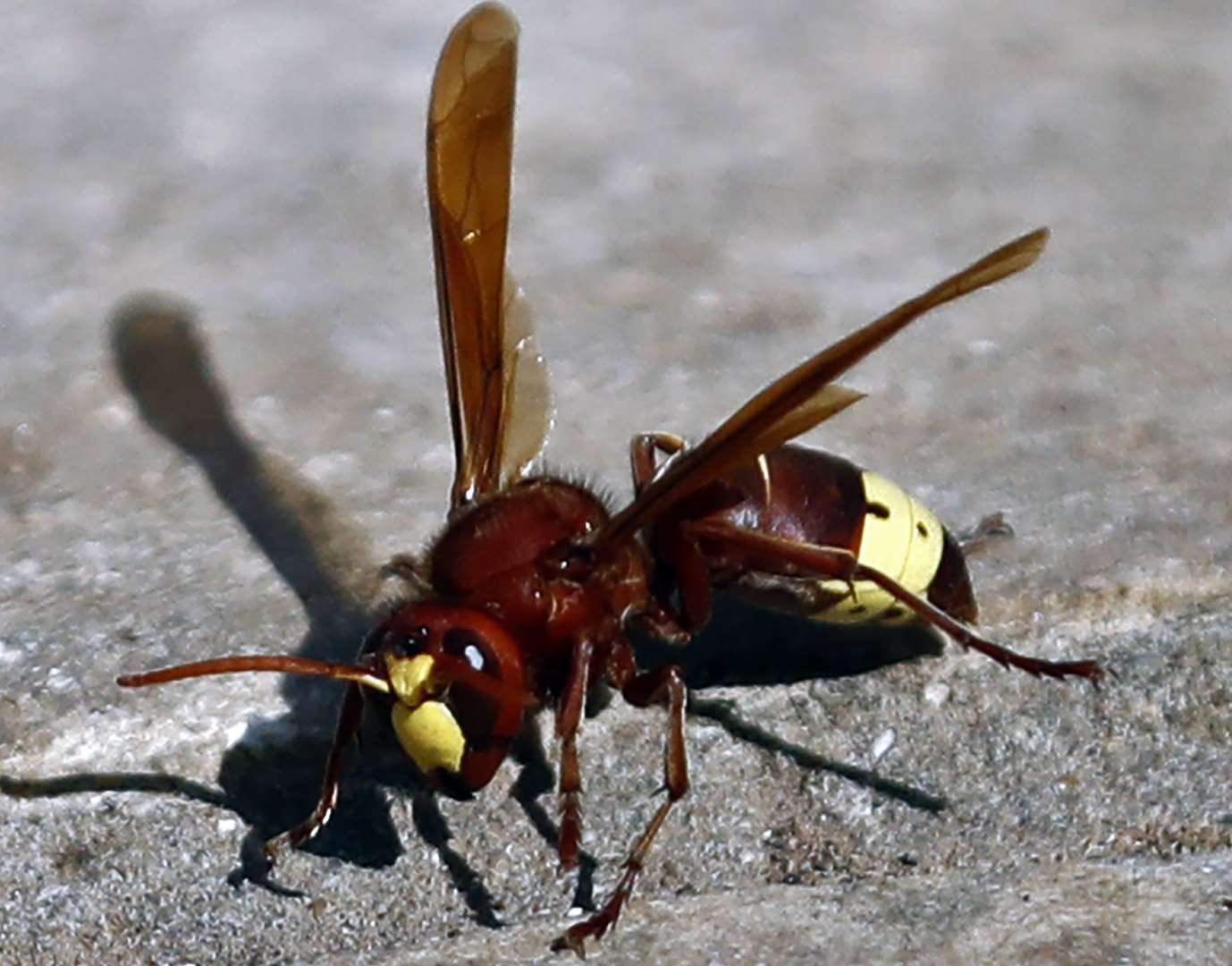
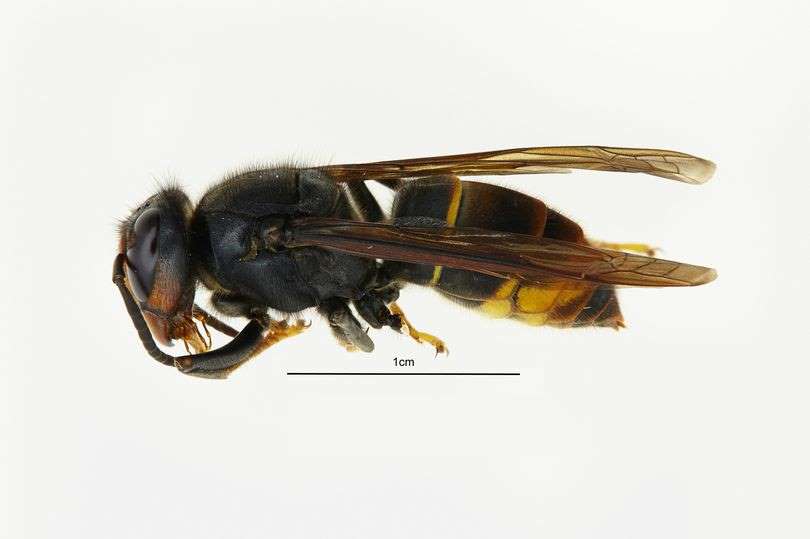
Adult hornets are voracious predators of honey bees and other beneficial insects, resulting in colony losses. The Asian hornet can eat up to 50 honey bees a day after decapitating them and pulling off their wings. They also carry them back to their nests to feed their young. Their nests are made from wood pulp mixed with saliva. Protective suits for hornets need to be thicker than bee suits. Do let the National Bee Unit know if you see an Asian hornet and/or the nest it came from. Email alertnonnative@ceh.ac.uk with details if you do. The nest will be destroyed. | |||||||||||||||||||||||||||||||||||||||||||||||||||||||||||||||||||||||||||||||||||||||||||||||||||
| Here is plenty of extra information and guidance. Friends of the Earth also have a bee page. The Women's Institute also has a well organised campaign to halt bee decline. Willersey has a long market garden history with its proximity to Vale of Evesham horticultural activity. Helping our bees would support local horticultural producers and also the tourist economy; We have many ancient hedgerows and verges with footpath access to these natural habitats. These need to continue and be preserved and act as a shelter and resource for bees. There is strong interest and pride in village gardens which could become more bee friendly. Willersey Horticultural Society is flourishing and has a well attended annual show. Willersey could be promoted as an eco-friendly place with support from the AONB, CPRE and other organisations which aim to preserve our countryside. Willersey solar farm actively encourages bees and already has a number of hives near its panels. Take a tour of the solar farm. The first honey has been produced and the solar farm encourages frequent Willersey school visits. This 24 page document contains a detailed analysis of the current bee situation and recommends courses of action. As long as you do not treat bees roughly, you are unlikely to be stung. All bees are unlikely to sting you so long as they can go about their business of collecting nectar and pollen. To negate some of recent NIMBY references. potential developers need to demonstrate their green credentials for building in a wildlife friendly village; possible extra habitats for bees include bottom of the cemetery, verge along Church Street, field edges, base of trees on the green, edge of the playing field and near to/on stone walls.  Here are a number of links about bee decline: The government in April 2017 upheld the ban on the use of neonicotinoids. BBC: Neonicotinoid pesticide link to long-term wild bee decline. The Mirror: Bee numbers dropping dramatically. Sky: EU banned pesticide linked to bee population decline in England. Daily Mail: Controversial pesticides on oilseed rape crops are linked to a decline in Britain's bees. Nature: Controversial insecticides linked to wild bee decline. This is the key research published in the journal Nature in August 2016: Impacts of neonicotinoid use on long-term population changes in wild bees in England. In America, Australia and across Europe: The LA Times. The Washington Post. The Conversation. Huffington Post: These photos and article show the startling effect of shrinking bee populations and the effort by humans to replace what the bees do naturally. 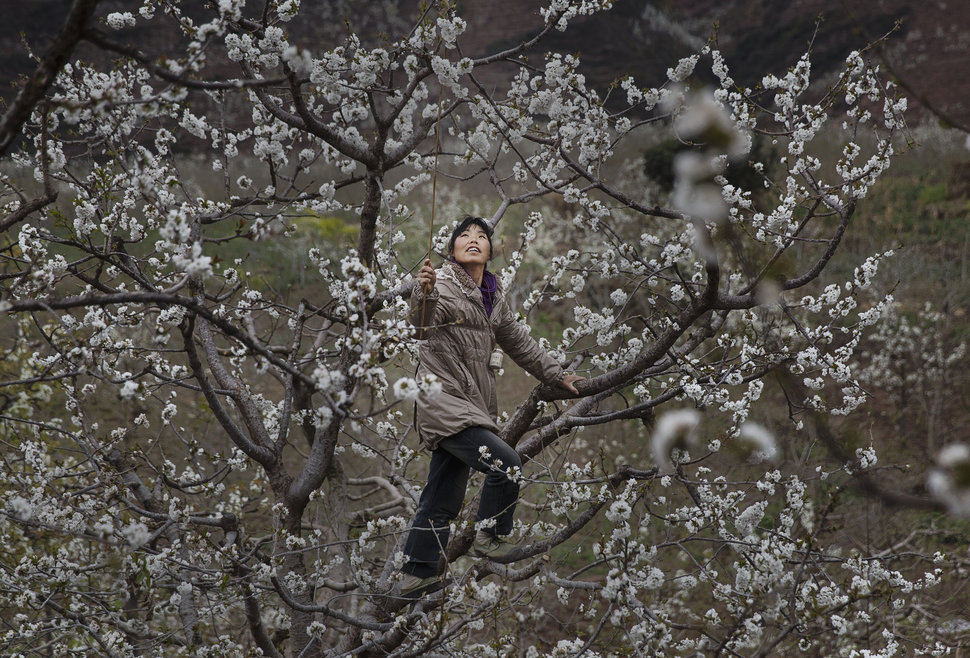
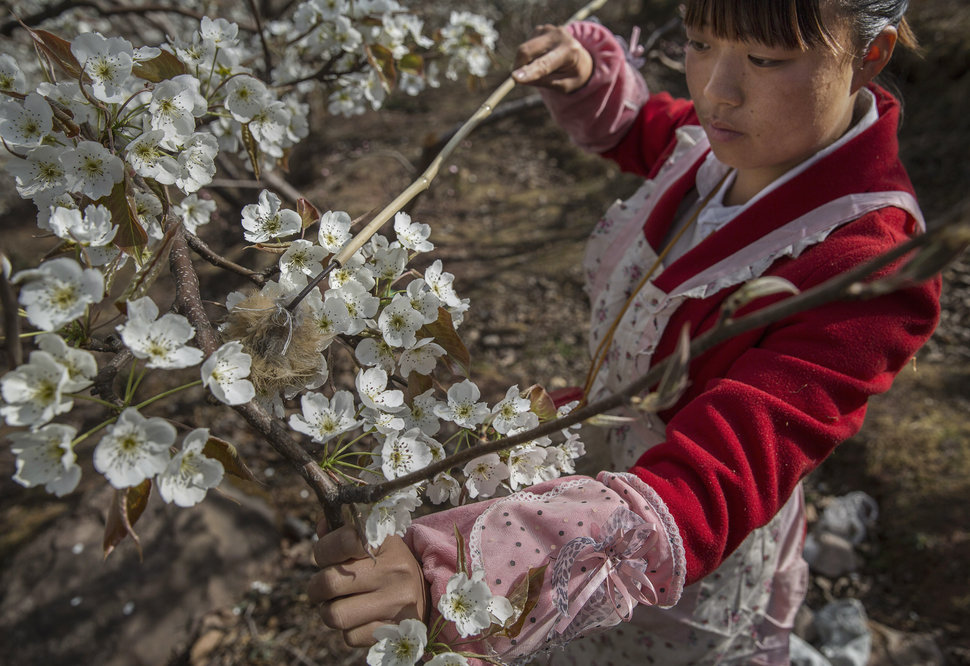
This partnership programme is a great opportunity for any community group or volunteer that would like to join in and either plant trees or nominate a local community group to do so. The Vale Landscape Heritage Trust is strongly encouraging bees in it orchards. 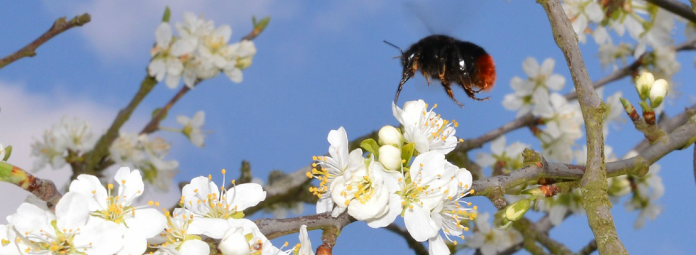 Hopefully in the future toys such as the one below will not become a curiosity! 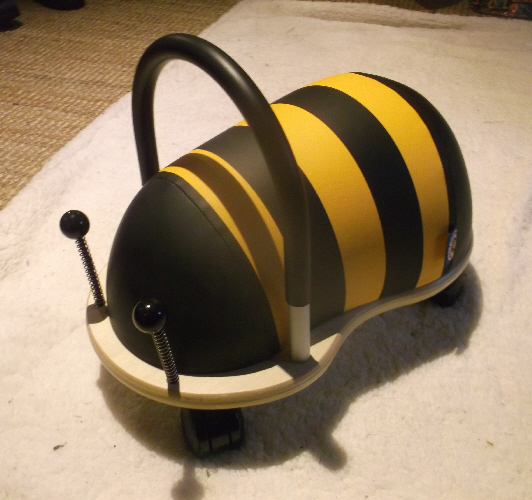
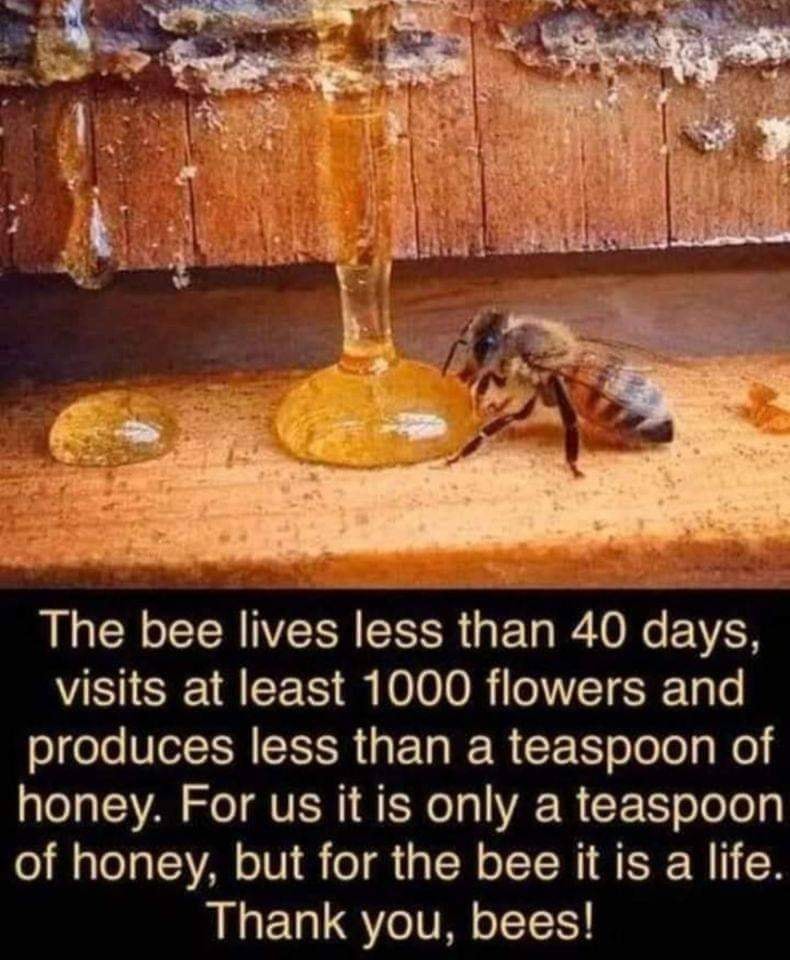 | |||||||||||||||||||||||||||||||||||||||||||||||||||||||||||||||||||||||||||||||||||||||||||||||||||
| Willersey has a facebook page. Go to top | Menu & Search Page Email us here:- |